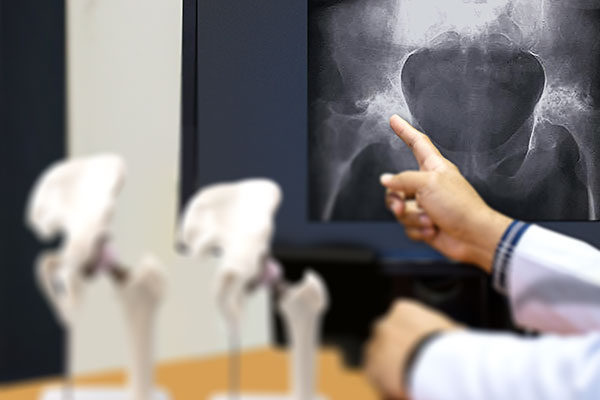Although the reasons to have a total hip replacement vary from person to person, the goal is the same – to get you back to what you love! Learn more below about the causes of hip pain, treatment options and the latest advancements in hip surgery.
What to Expect with Hip Replacement Surgery
You want the best outcome for your
hip replacement surgery. So do we.
What to Expect with Hip Replacement Surgery
You want the best outcome for your hip replacement surgery. So do we.
Ready to talk about hip replacement surgery with a doctor?
Take the next step.
Search by specialty and city, state or zip to find a surgeon near you.
Hip pain can significantly impact your daily activities.


Hip Replacement Surgery
If non-surgical treatment options, such as medication, physical therapy or lifestyle changes like losing weight, fail to provide relief, your surgeon may recommend total hip replacement surgery.

Patient Stories
Watch these hip replacement video testimonials from real Exactech patients to learn more about their surgery and recovery experiences.

Resources & Frequently Asked Questions
We’ve collected resources and put together some FAQs to help you understand hip replacement surgery.
Ready to talk about hip replacement surgery with a doctor?
Take the next step.
Search by specialty and city, state or zip to find a surgeon near you.
With any surgery, there are potential risks, and results will vary depending on the patient. Joint replacement surgery is not for everyone. Check with your physician to determine if you are a candidate for joint replacement surgery. Your physician will consider the risks and benefits associated with this procedure, as well as individual factors such as the cause of your condition, your age, height, weight and activity level.
The information contained within this website is for educational purposes only and is not providing medical advice. This information is not intended to replace the expert guidance of your orthopaedic surgeon. Please direct any questions or concerns you may have to your orthopaedic surgeon. Decisions concerning patient care and treatment should be made solely by your physician(s). With any surgery, there are potential risks and results will vary depending on the patient.
